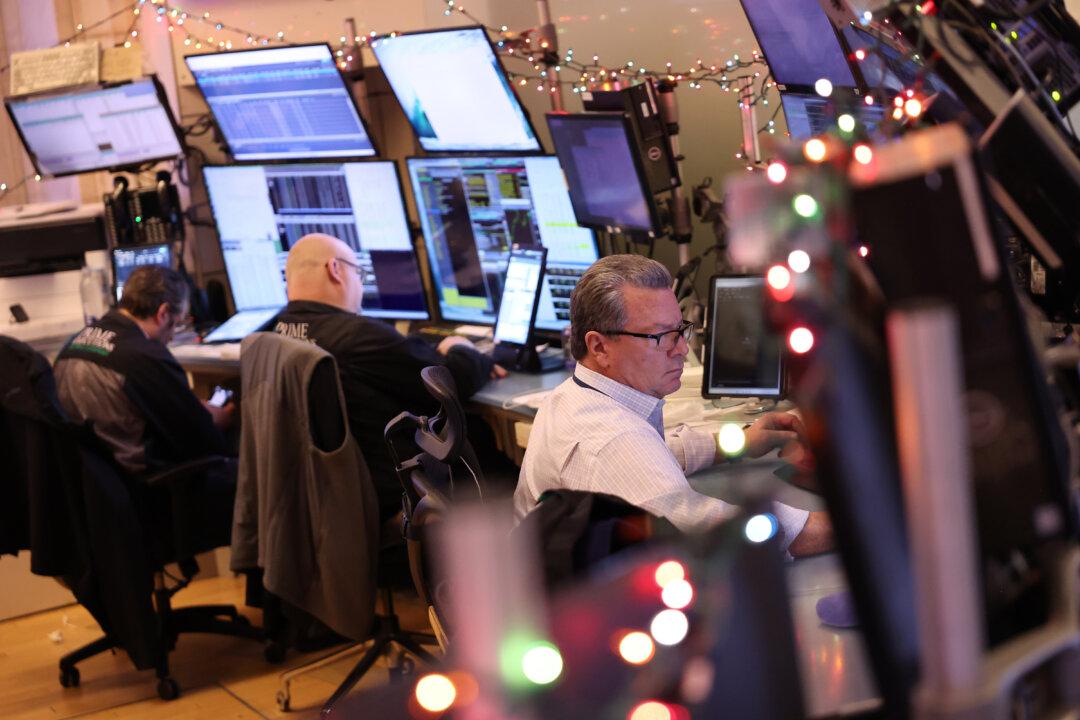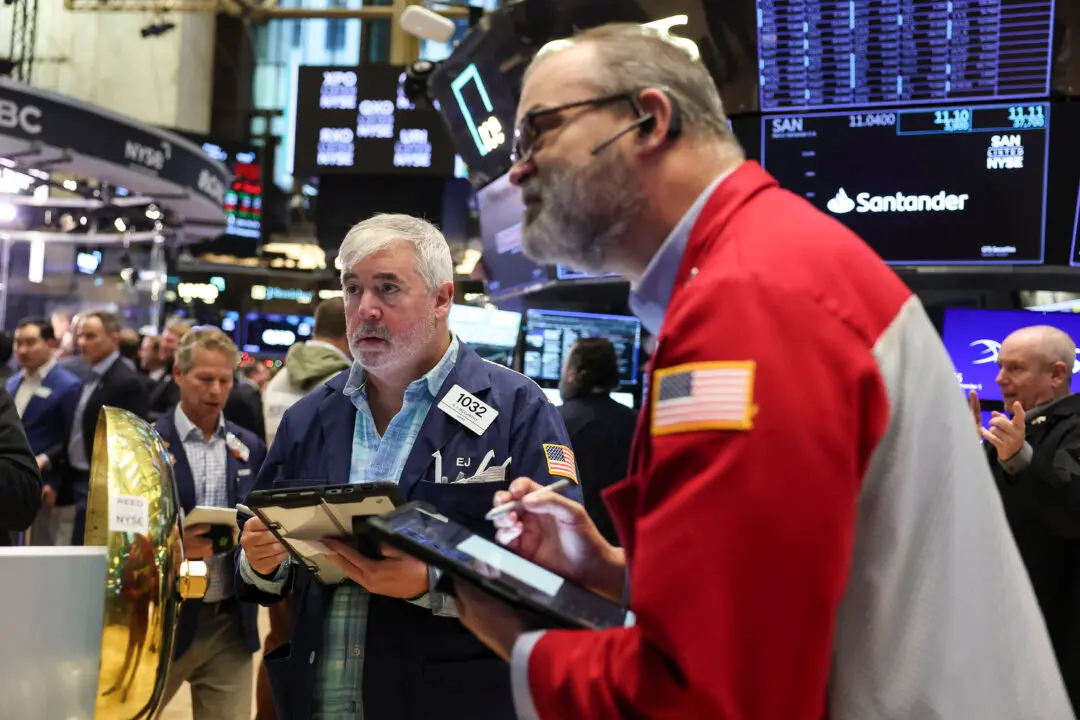U.S. stocks sold off on Friday on rising bond yields but ended the shortened trading week higher, reversing the previous week’s losses.
The S&P 500 ended Dec. 27 at 5,970, up 1.77 percent for the week; the Dow Jones closed at 42,922 up by 1.54 percent; the Nasdaq finished the week at 19,722 up 1.80 percent; and the small-cap Russell 2000 was up 1.04 percent to end at 2,244.





